Written by Joanna Adams Sergent
Imagine if you will a long valley surrounded by mountains. Cut off from the rest of the industrial world. The rivers were too shallow for steamboats and barges. The nearest railroad was across the mountain in another state. Roads were nothing more than widened out Indian trails made dusty and muddy from the crude wagons that traveled them. There was no industry, no homes, no community, just a wooded area.
President Garfield
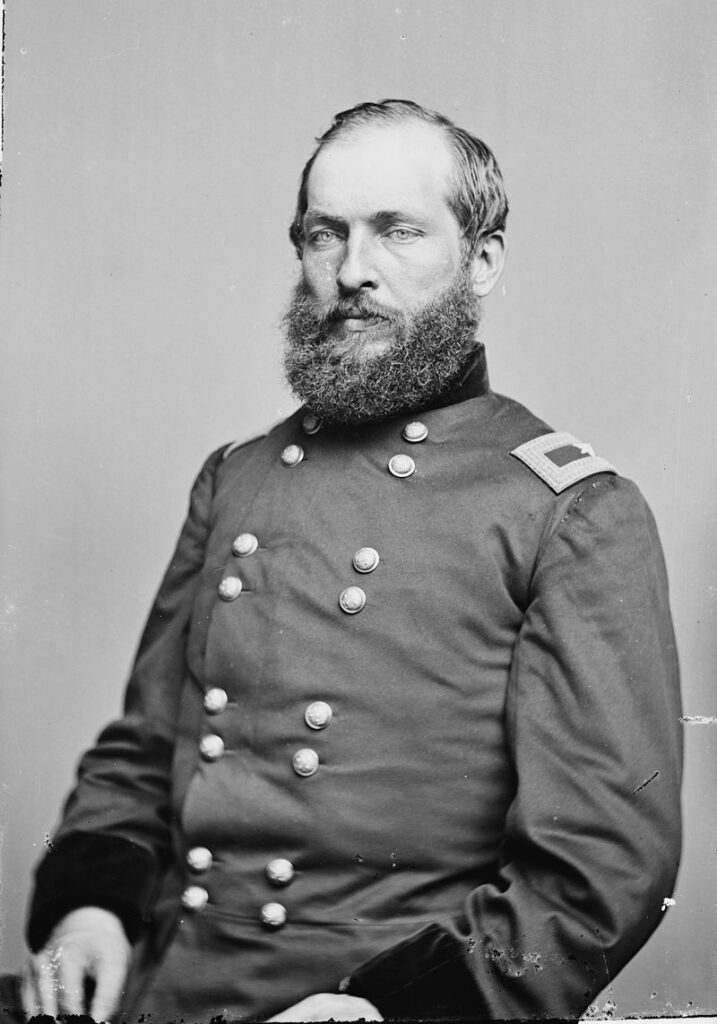
President Garfield spent the night there once. He was known as General Garfield then, the next day he led his troops up the mountain and into national news. Garfield defeated General Humphries and his Confederate army in a counter flanking maneuver at the battle of Pound gap. He then burned down the town that the Confederates had built there leaving a small detachment of men living in tents to defend this strategic mountain pass.
Richard Broas
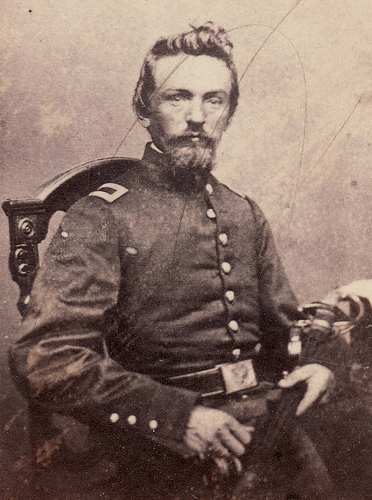
Twenty-five years later, a man named Richard Broas discovered a seam of coal there which would later be referred to as “The most significant geological discovery in the United States.” A few short years later the area would again make national headlines, but not because of the coal discovery… Or was it?
Killing Rock Connection
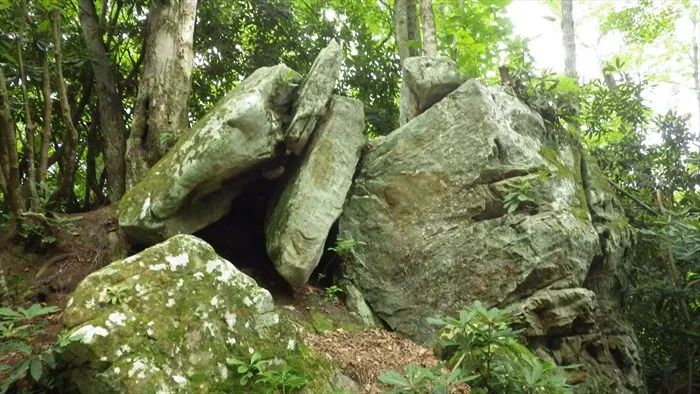
Just across the mountain at a place that would later be known as “The Killing Rock”, a group of men ambushed the Mullins Family. The newspapers called it “One of the greatest murder mysteries of all time.” But because of the way the case was overseen the local people are still asking, “Was the right man hung for the crime?” 129 years later. But 20 years after the murders a story about the coal did hit local and national news…
I say it was about the coal, but it had more to do with the Coal Company and the modern cities they were endeavoring to build in this remote and isolated area of the country. Imagine if you will, having a contract to construct two thousand houses and other buildings in this area. And imagine that at least a quarter of those homes and the support buildings had to be built within two years.
The Workers
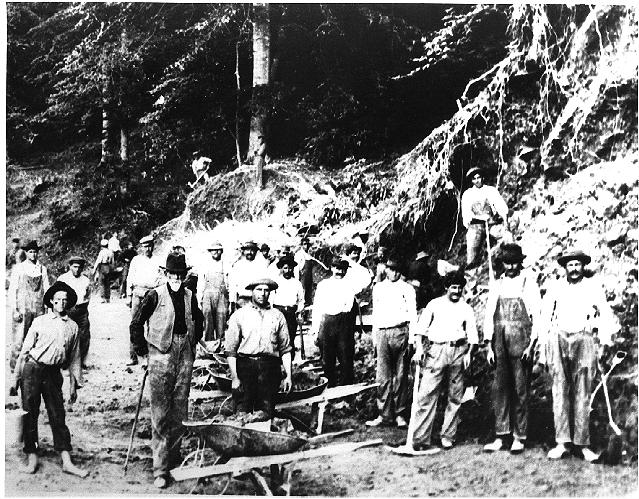
When the first set of construction workers stepped foot into the area, they had to walk twenty miles across the mountain to reach the construction site. These first men spent the night in cold camp tents as there were no hotels. There were no sawmills, lumber yards, or other construction materials for them to use.
Everything had to be made on-site and what could not be made would have to be shipped in. But before that could happen, they would have to improve the road across the mountain. There were no restaurant meals, or hot water waiting for them at the end of the day. These men were there to build those things and they only had a few short years in which to do so.
Food and Housing
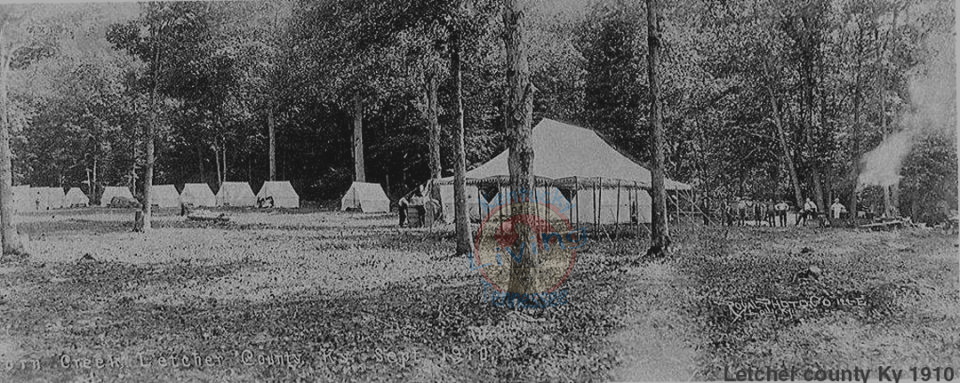
The Consolidation Coal Company had big plans for this region and had multiple problems to solve. The first of these issues is food and housing. The area was sparsely populated, and the only housing consisted of a few log homes scattered here and there. This meant that in addition to shipping in the workers and support crews for the construction project, they would also need to import the workforce and support crews for the coal mining operations. In addition, they would also need to provide housing for both workforces and their families.
A Temporary Solution
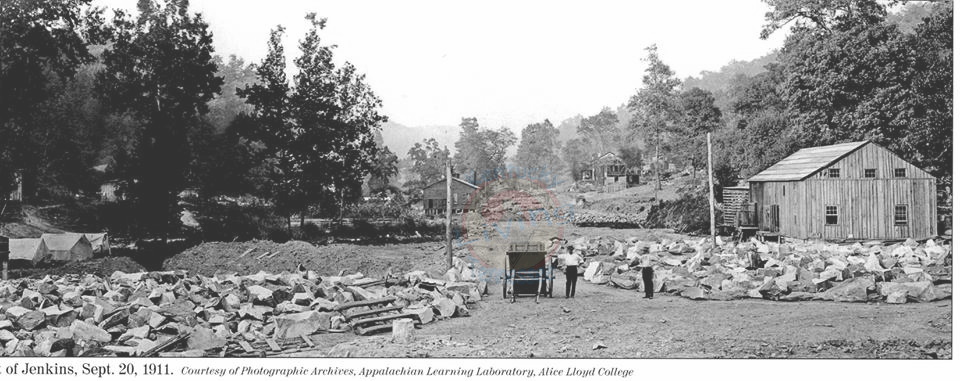
In the beginning, Consol would set up tent cities and mess halls on both sides of the mountain. But because of the number of men being sent into the area, the small country stores were soon depleted of supplies. It also quickly became apparent that, even if given enough time, the local populations were not able to produce enough food to feed the massive workforce needed for the construction. This meant that Consol would also have to ship in food and other supplies for this workforce as well.
Moving Equipment
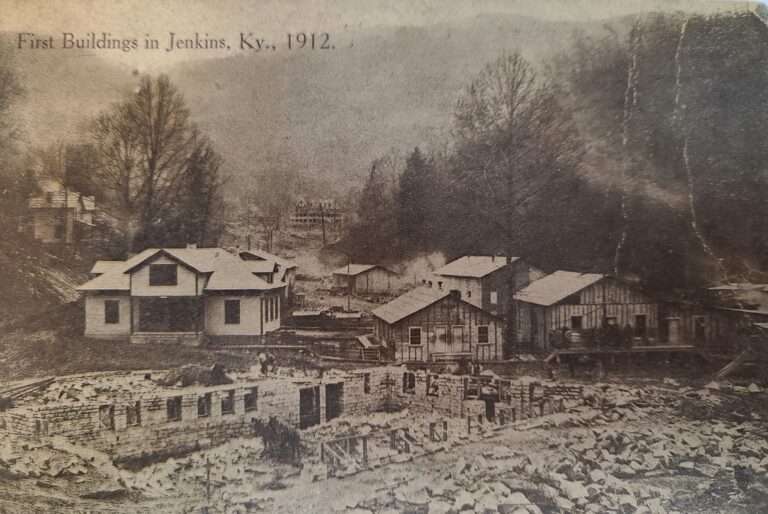
As the construction crews worked to improve, reroute, and widen twelve miles of road across the mountain. Railroad crews finished laying the seven miles of train tracks into Almira Virginia. The supply trains soon began arriving in Almira carrying even more men and equipment. Here the workers would unload up to twenty rail cars per week using nothing but simple tools and backbreaking manual labor. They would then have to hand load the cargo onto wagons and sleds. Teamsters would then transport the cargo using dozens of horses, and oxen across the mountain and to the construction sites.
Arriving Equipment
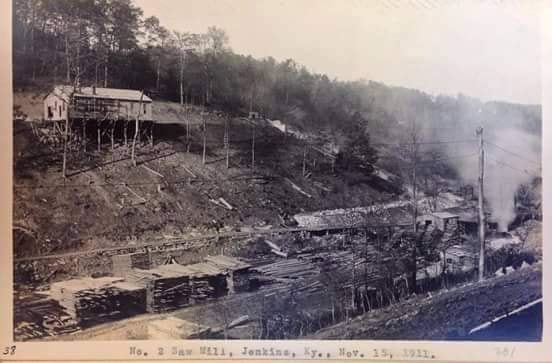
As construction progressed additional work crews and equipment began arriving to help with and expand construction. The men included loggers, architects, masons, railroad men, plumbers, carpenters, plasterers, and electricians. Among the first pieces of equipment to arrive were nine sawmills, the equipment for two brick plants, and two types of kilns.
A dry kiln was used to cure lumber, and a lime kiln was used to help compact the soil as well as to make plaster and mortar for the construction sites. To speed up construction, Consol would also ship the equipment to build two narrow gauge trains. Which included two small locomotives, all the rails, and the two dozen cars. Months before the railroad would arrive in Jenkins twelve boilers and generators would arrive in Almira. These would take weeks to drag across the mountain using oxen teams which numbered more than twenty heads each.
Construction Begins
Most of the construction materials were made on-site, Concrete, glass, nails, and roofing arrived by train in Almira. The concrete arrived early on and was primarily used in the construction of two reservoirs. The Goodwater reservoir would hold 1.2 million gallons of water and would be the primary water source for the town. The Elkhorn Dam would hold seventy million gallons of water and be used in the power plant to produce steam.
The First Buildings
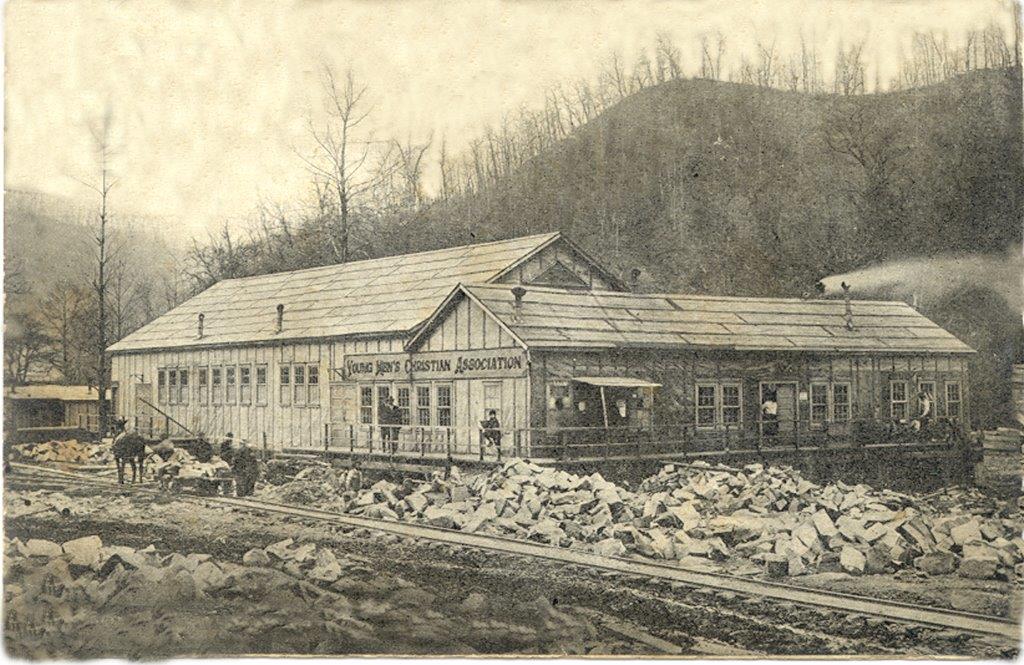
Safety, Health, and Morale were the three first things on Consol’s construction list. Just as one of the first tents erected at the construction site was an infirmary, the first building was a small temporary hospital complete with two doctors and a nurse. This not only boosted the morale and safety of the construction workers but, as part of the deal made with Mayo, it opened its services to the local population which boosted public relations.
At the same time, a “Clubhouse” was being built near what was then called “Goodwater Spring,” this clubhouse would early on serve a dual purpose. The first had to do with health and hygiene, because of its location it was the first building in the region to not only have running water but to have hot and cold running water. The clubhouse would also serve as a more permanent mess hall, and bathhouse for the men, as well as a construction office. Other parts of the building would serve as housing for the supervisors and visiting company officials.
There were other “temporary” buildings constructed for the benefit of the construction crews, these included a temporary YMCA building which gave the men a place to relax. And a temporary bakery which prepared fresh bread on a thrice-daily basis. The bread would be loaded onto wagons by the shovelful three times a day and delivered to all the active work sites.
The Nickola Construction Company and Consolidation Coal.

The Consolidation Coal Company contracted with the Nicola Construction Company of Pittsburgh Pennsylvania. to design and build a total of seven towns in two divisions. Although the primary buildings in Jenkins were to be constructed of brick, there would be many buildings constructed using wood lumbered, milled, and cured on site. This included a thousand homes and other vital buildings in each division.
The first division was the Elkhorn division, named after “The Little Elkhorn Creek,” of the Big Sandy River on which Jenkins sits. The other division was on the North Fork of the Kentucky River and unless more information comes forth, we can only guess about the name of the division. What we do know is this, CONSOL trademarked three “Coal Brands” to be used in association with the coal mined in Kentucky of which only two were used Grenadier and Cavalier coal. Although we do know the name of the third trademark and the probable reason it was never used, we will not discuss it here but look for it in a future video.
Nicola Construction had a problem
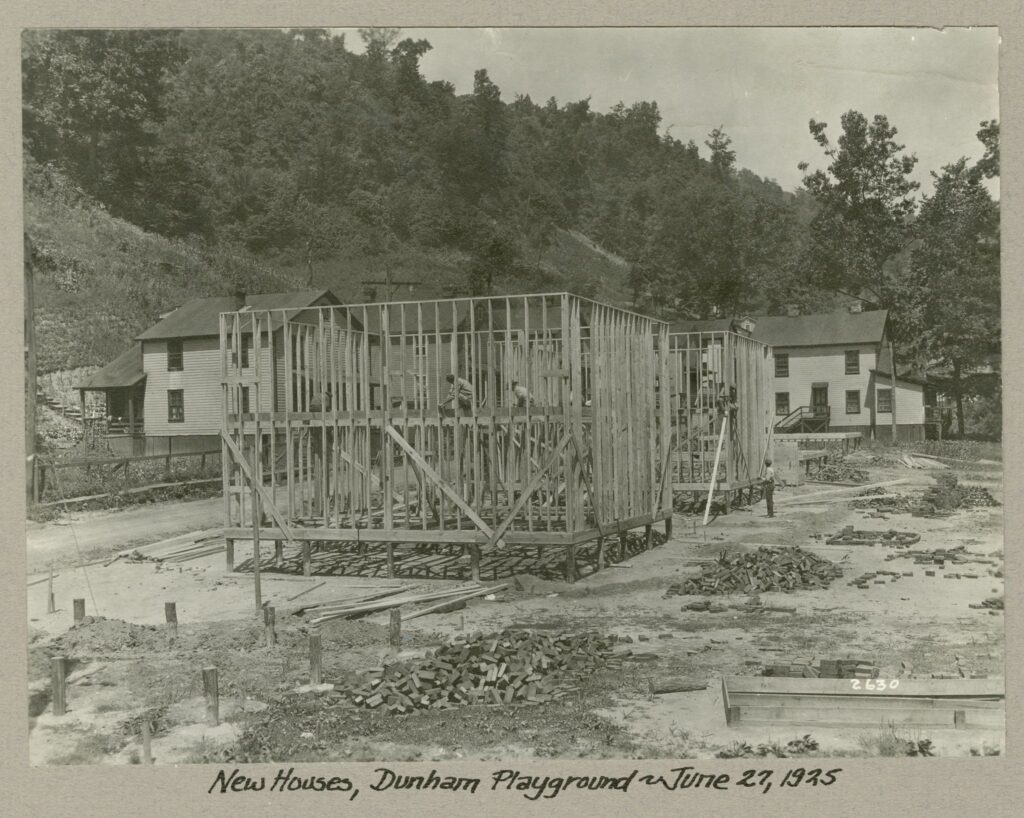
As they would oversee all the construction of the houses and other wooden structures built in the area. The Nickola Construction Company brought in thousands of men to do the job.
At the time, most buildings were constructed using the pole framing method. This is done primarily by setting upright poles into some form of foundation. The walls and roof are then constructed after which the floors and ceilings are added. While cheap, fast, and easy to construct. These buildings are not very sturdy and to construct a second floor is labor and material intensive. Quite literally the building is only as strong as the poles around which the outer walls of the first floor are built. For a second-floor, this building method works best if the outer walls of your buildings are constructed using logs, stone, or brick and mortar.
But the Nickola company did not have the men or materials to construct the number of buildings needed for mining operations to begin in the timeframe, nor to the specifications, given to them by CONSOL. Consolidation had made it clear that the railroad would be arriving on both rivers in two to three years. By that time there needed to be enough housing and support buildings finished for them to start mining. Nickola turned to a Pennsylvanian architectural firm for help.
Although we have a copy of one of the original drawings the resolution is of such inferior quality as neither the firm nor the architect’s name is legible. In addition, we do not know the full story other than this architect invented what was then called “Box Frame Housing.”
The Box Frame Housing Style

In the Box Frame Housing style, the house is built like a box. A foundation is first set and leveled, then the floor or platform is built first, then the walls and ceiling are added much like constructing a box. With this method, each inner wall increases the overall strength of “the box” a second floor is added in much the same way by first constructing a floor or platform on the ceiling of the room beneath. Because they are so sturdy, this type of construction allowed for almost unlimited stories. Just like a set of boxes, each story sits on top of the last one and the roof is built last before the inside is finished.
It is the type of construction that we have to this day and is now known as platform framing. This method of building has proven over time to be a very efficient way of building. Each building would take one-quarter of the time in which it took to build a pole-framed building of the same size. And each house or building would be ten times sturdier.
However, even though “box frame housing” would eventually reduce the time needed to build each house by ¾ it still needed to be perfected. And the Nickola company would do so over the course of the 15 years needed to complete the project.
John Mayo’s Deal
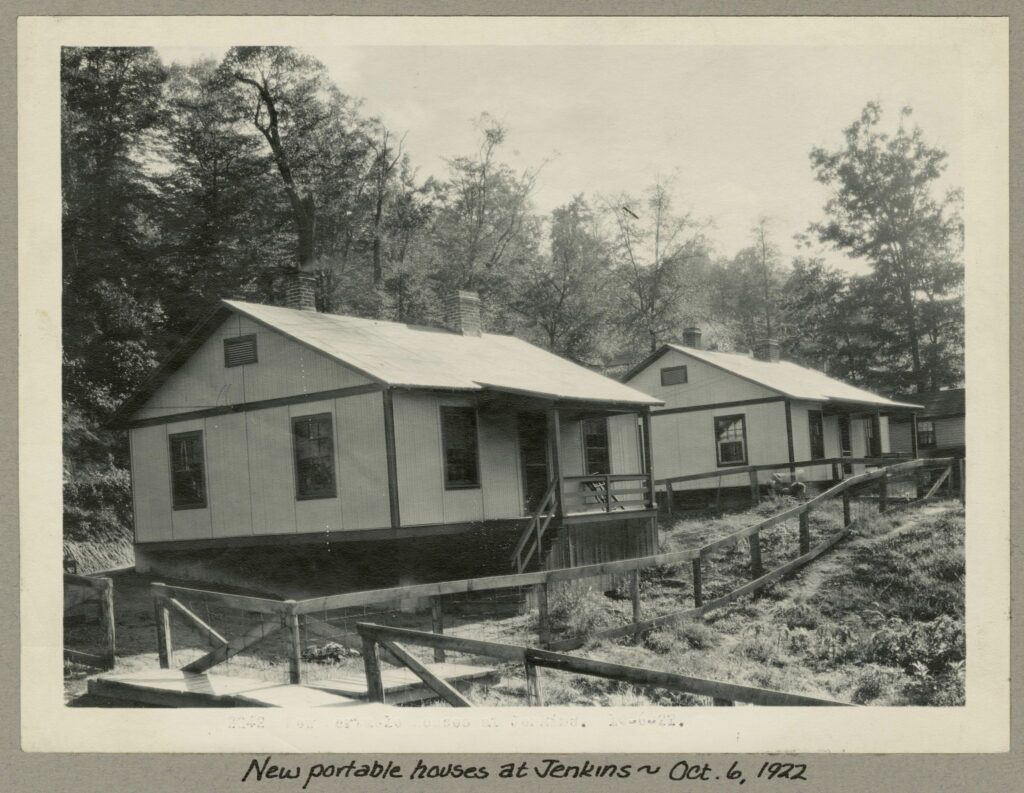
Because of the deal that CONSOL had made with John Mayo the houses had some specifications never seen in a typical industrial camp. Most camp houses were typically nothing more than shanties. But the houses Nickola was to build for CONSOL were to have a fireplace, closets, and a kitchen equipped with a cookstove and pantries. In addition, each house would have electricity and a covered porch. The houses would also feature a modest yard for gardening and a private outhouse. By the 1920s most of the houses would have running water but the outhouses were still used for years.
Sears and Roebuck and Company
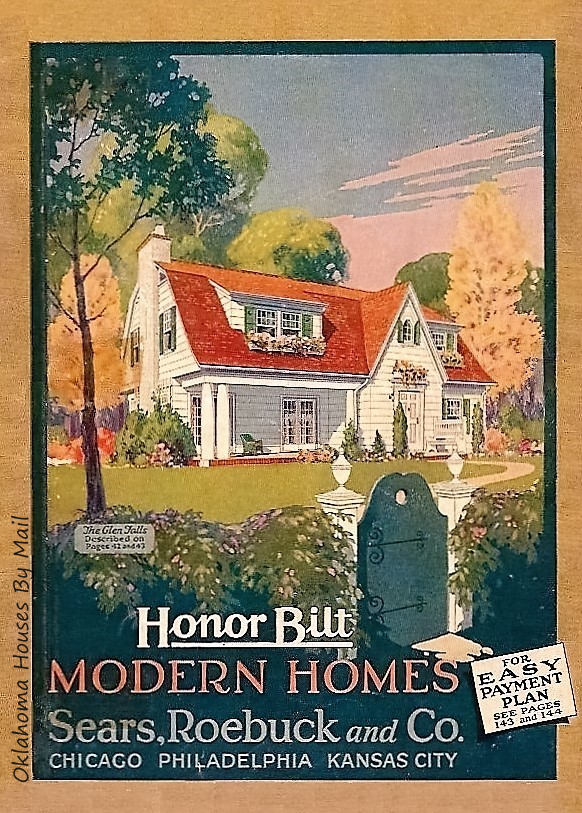
There are very few single-story homes built in the Consolidation coal camp areas of Letcher County. Most of which were constructed after the sawmills were moved out and construction was winding down after WWI. By this time, the Nickola company had perfected the box frame method. They were also shipping the materials pre-cut and marked for construction into the area by train. This method caught the attention of another company that had offices in Pennsylvania.
The Sears and Roebuck and Company had offered a “mail-order” home catalog since 1890 and the latest offering was in 1919 but all the efforts were a failure. The process worked like this, for $100 the Sears company would sell you a blueprint for a home. The blueprint would come complete with a list of supplies and materials needed to construct the home and an estimate of the cost of construction. This worked to a varying degree over the years depending on where you were in the country. Sears would end up subcontracting with companies across the country to supply the materials and build the homes as these plans were often of a complex nature.
The Sears company was impressed with the idea of these modern-style homes being shipped from Pennsylvania to the hills of Eastern Kentucky. The Nickola Construction Company was slowing down its operation in Kentucky. As construction came to a halt in 1925, many of the men they had sent to Letcher County continued living in the homes they had built. These men took mining and other jobs with CONSOL. But for the men in Pennsylvania, this was not an option.
1927 Improvement
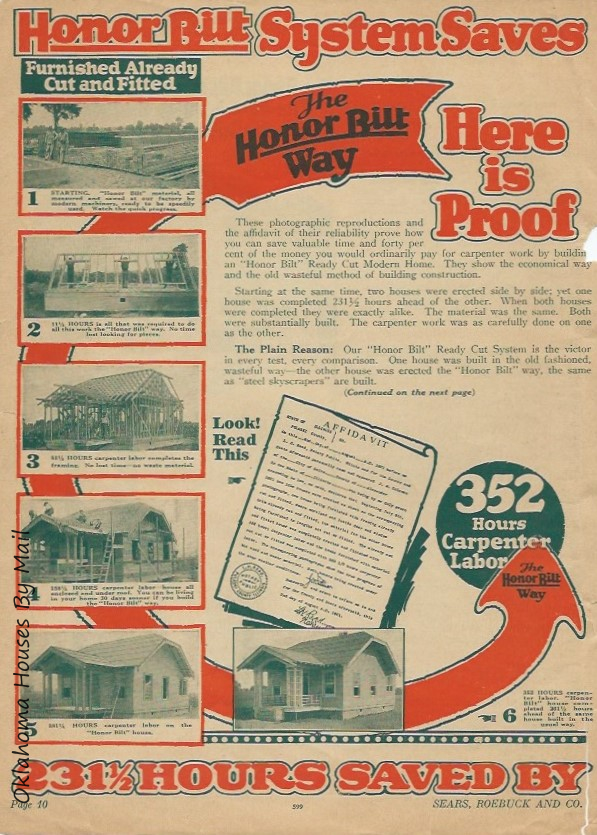
In 1927 the Sears, Roebuck & Company printed a new mail-order home catalog. This catalog was vastly different from the other mail-order home catalogs they had produced before. The catalog introduced the “Honor Built” system in which they sent you the blueprints, materials, and instructions for as low as $2400. They also had an easy monthly payment plan for those on a budget. All the materials were precut and marked for the “easy to follow instructions” if “you and two friends” were building the home yourself. But for an additional fee, you could contract through Sears to have the home built, this service was also available with the “easy payment plan.”
Prefabricated Houses Today
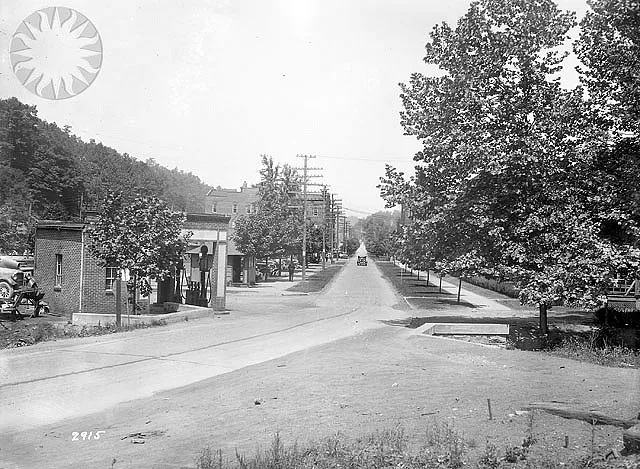
Today most modern houses and buildings are built with the “Platform Framing” design. Our sturdy houses today were built because of a deadline to a contract that needed to be met. It is amazing how innovation often comes from desperation and adverse situations.
Thank You
We thank you for continuing to support Kentucky Tennessee Living. As we bring to you the history of the Appalachian Mountains.
Thank you for watching our video. The history of the prefabricated homes in Jenkins, Kentucky. We thank you for continuing to support Kentucky Tennessee Living. As we bring to you the history of the Appalachian Mountains.
All photos are in the public domain unless otherwise noted. This includes photos dated before 1923. All other photos are used with permission or under the education fair use statute of the US copyright law.
Copyright and Other Information
Copyrighted through a Creative Commons License.
This work is licensed under a Creative Commons Attribution-Noncommercial-No Derivatives 4.0 International License.
When we forget our past and who we are as a people, then we become who “they” say we are. ~~ David Sergent
I have attended the University of Kentucky. I have an Associates Degree from Hazard Community College and Technical School. I have also attended the University of Pikeville. I have taken several classes in Journalism as well as in the Appalachian History, Literature, and Sociology during my time at those schools.
I was born in Florida and grew up in Burdine, Kentucky. I have been married to David W. Sergent since May 4, 2013. I have two children and four grandchildren from a previous marriage. I currently live in Tennessee but my hope is to one day come back home to live in the beautiful mountains once more.


